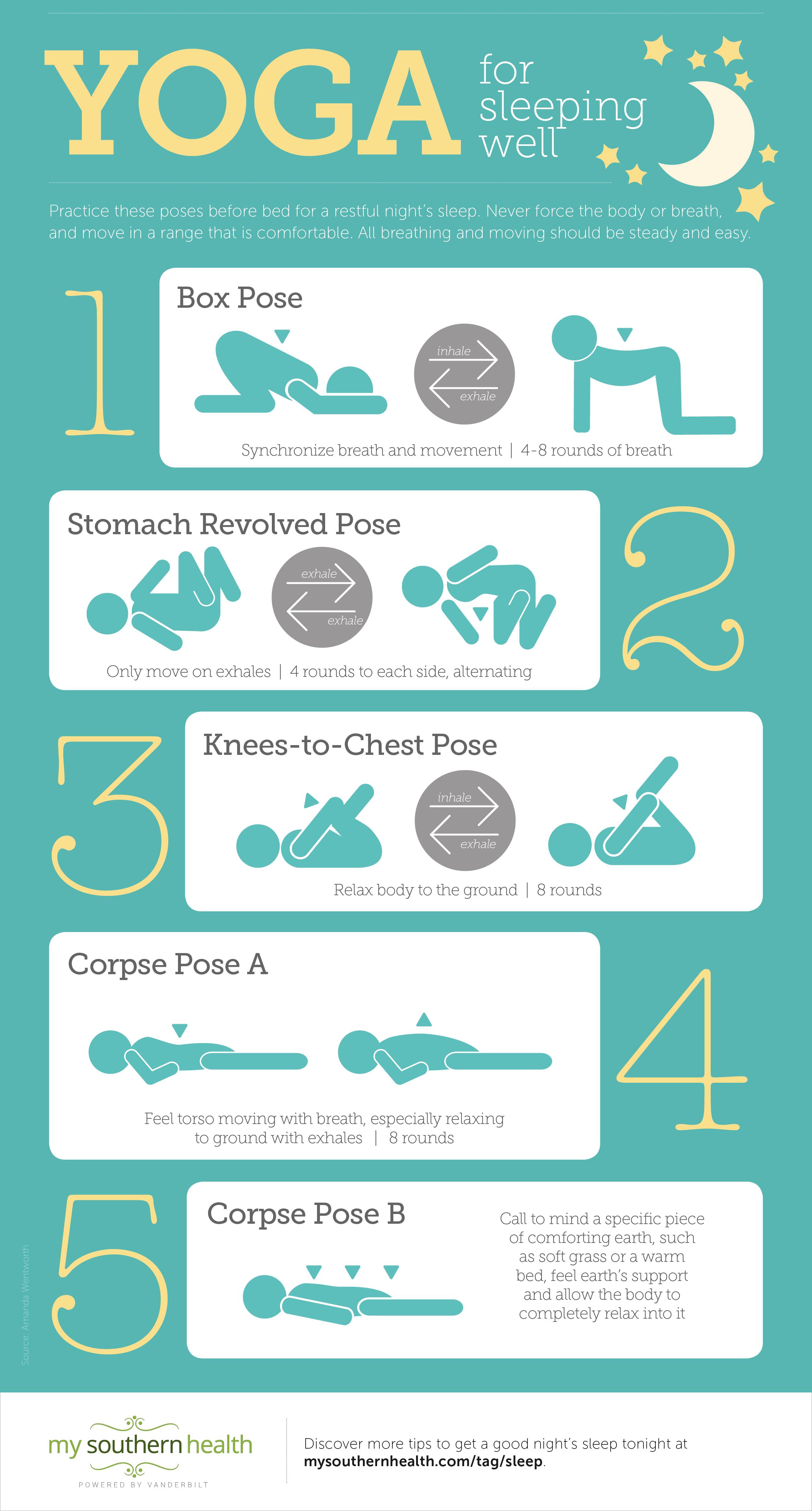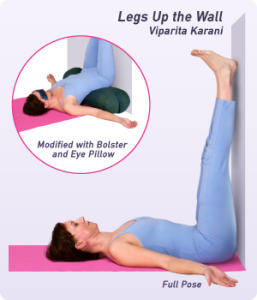
You might be curious about which exercise method is best for your body. There are some things you need to keep in mind if this is the case. Keep reading to find out more. Both can be used to increase strength and flexibility. Both require breathing techniques that improve your posture. Yoga is the ideal choice for anyone looking to practice deeper meditation. People who are recovering from injury or want to strengthen their core muscles should try Pilates.
Both yoga and Pilates are great options for beginners. While yoga places a lot of emphasis on the mind, Pilates is all about the body. Both workouts include mats that help with flexibility and muscle strength. Both exercises emphasize the importance of connecting mind and body. While yoga is slower-paced and more meditative than Pilates, the benefits are similar. There are also some differences in the workouts.
Yoga is a wonderful place to begin if you have never exercised before. The beginner's class will consist of gentle stretches and simple poses. Both of these exercise systems work the nervous system. You can use them for everything from incontinence to pain relief. Both are good for your body and mind. Think about your personal goals and current state of health when comparing Pilates to yoga.

Both workouts are effective for a variety of body parts. Both are good options for beginners. The focus on the body is greater in Pilates than yoga, which is more mental and more meditative. Before you commit, it is important for you to understand the differences. Each one has pros and cons so you need to choose the right one for you. Here are some of the benefits each has.
While Pilates is better for sports recovery, yoga is beneficial for recovery, as it incorporates breathing exercises and stretch-out techniques. Both can be beneficial for improving posture and preventing sports injuries. Both have their advantages, but it's important to choose the right one for you. Here are some pros to help you choose which one is right for you. Do your research and find the best one for you.
Both yoga and Pilates can be used to improve your mind-body. Both are mind-body exercises that focus on breathing and stretching. They can both be very good for your body. However, you should consult a doctor before attending a class. Certain exercises may be hazardous for those with certain medical conditions. To make the most out of both, you need to decide which method is best for your situation. Both styles of exercise can be beneficial. The best exercise is the one that works for you.
The key differences between yoga and Pilates are mainly based on the type of exercise you're doing. Both focus on strengthening the muscles and stretching the body, and both use a mat for the exercises. The difference is which exercise suits you best. The focus in yoga is on the body while Pilates emphasizes the mind. Both are good for you. You will feel better long-term if you focus on your breathing.

Although both methods target muscle toning and stretching respectively, they do have their own goals. For instance, yoga focuses on stretching and strengthening muscles, while Pilates focuses on the mind. It teaches breathing techniques as well as aligning your mind and spirit. Both approaches complement each other and are not meant to be used in competition. They work well for different fitness goals. The difference between them is their style of exercise.
Both are excellent for beginners. Yoga is a great place to start if you aren’t very active. Yoga poses can be both challenging and gentle for beginners. Both require props to help with the movements. The most important distinction between yoga and Pilates is how you prefer to meditate. You can choose either if you aren't sure.
FAQ
Can I drink alcohol while exercising?
Yes. Alcohol increases energy expenditure, speeds up recovery times, and reduces soreness.
It also increases insulin sensitivity. This makes it easier and faster to absorb glucose.
Alcohol can cause dehydration. This can slow down your metabolism. It can also decrease testosterone production, which can affect muscle-building ability.
These are the reasons women should not drink alcohol before going to work out. Women who drink heavily should wait at least 24 hours between drinking and working out.
The best thing for women who are pregnant is to avoid alcohol.
Men should limit their alcohol intake to just one drink each day.
How to get rid of belly fat fast
There are many fast ways to lose belly fat. One option is to eat less calories and drink more water.
A second way to boost your metabolism is by running and swimming.
Sitting down too long is not a good idea if you want your belly to shrink quickly. Instead, stand up frequently throughout the day. This will help to burn more calories.
If you are having trouble losing belly weight despite trying all of these methods, there is another way.
This is done by using a device called the belt. The belt fits around your waist and is tightened when you sit down.
As a result you'll feel uncomfortable and will be more mobile. This makes it easier to lose weight and calories.
What are the best foods to avoid when trying weight loss?
Avoid trans fats. Trans fats can raise LDL (the unhealthy) cholesterol levels while lowering HDL levels (the good).
Trans fats can also be found in deep-fried food, fast food, packaged bakery goods, snack cakes, as well as other processed foods.
These unhealthy fats also contribute to inflammation, leading ultimately to heart disease or diabetes.
Avoid eating foods that contain artificial sweeteners. Artificial sweeteners increase the risk of getting cancer.
These chemicals are found everywhere, from soft drinks to chewing candy to candy bars to chewing gum. They are also found in poultry, eggs, meat and fish.
Artificial sweeteners are saccharin (cyclamate), sorbitol and aspartame.
The American Heart Association advises against using these chemicals, as they could damage DNA.
Statistics
- Are You One of the 20% of Guys (mh.co.za)
- By John Thompson Take a whopping 38% off a set of PowerBlock Pros. (menshealth.com)
- An estimated calorie range for moderately active adult males falls between 2,200 to 2,800 calories per day, depending on age. (eatright.org)
- According to the American Heart Association, blood pressure should be checked at least once every two years, beginning at age 20. (my.clevelandclinic.org)
- 10 pounds in a month is likely during a lean bulking phase, especially for beginners. (muscleandstrength.com)
External Links
How To
What nutrients does a person need every day?
Healthy growth and development of men requires healthy nutrition. Your body needs vitamins, minerals and nutrients as well as carbohydrates, proteins, fats, carbohydrate, fiber, and other essential components.
The male body also requires specific nutrients at different times throughout the day. For example, when you sleep, your body uses energy from food to make hormones, antibodies, and enzymes. You use protein to build muscles and repair damaged tissue when you wake up.
At night, your body breaks down fat and stores the extra energy as glycogen. Your body has less energy but still requires enough nutrients during this time. If you feel hungry, you may consider having a snack during the evening.
To fuel your muscles while you train, you will need sufficient carbs as well as protein. If you train hard, you may experience muscle soreness after exercising.
You must ingest carbs and protein within two hours of training to prevent this. Your body will use stored glycogen to produce glucose for energy.
Additionally, it is important to eat protein right away after your workouts are over. This will prevent muscle tissue from being damaged while you sleep.
Your body makes lactic acid when you are doing intense physical activities. Lactic acid builds up in the bloodstream and causes fatigue. Avoid this by eating foods rich in carbohydrates such as fruits or vegetables.
Carbohydrates provide energy for your body to recover after strenuous exercise.
In addition, you may want to include lean meats, fish, eggs, milk, cheese, yogurt, beans, nuts, and seeds into your diet.
These foods all contain high-quality proteins. Protein promotes muscle growth and repairs damaged tissues. Protein provides the amino acid your body needs for testosterone and sexhormone production.
A healthy skin, nails and joints requires sufficient dietary fats. Healthy men should consume between 20% to 35% of their daily caloric intake from fat.
Fat helps protect your heart health and prevents cancer. Your brain also functions properly thanks to fat.
You can get the majority of the fats that you need from vegetable oils such as soybean oil.
These oils are high in monounsaturated fatty acids (MUFAs). MUFAs help lower cholesterol and reduce inflammation. They protect cells against damage from free radicals.
Saturated Fats (SFAs), which are mostly found in animal products like meat, butter, and dairy products, include LDL ("bad") cholesterol. SFAs raise LDL ("bad") cholesterol and increase triglycerides. They promote weight gain as well as belly fat.
Polyunsaturated oil (PUFAs), which are plant-based, can be found in vegetable oils, nuts seeds, grains, and other plant-based products. PUFAs can improve cardiovascular function and reduce inflammation. They also help control blood sugar and cholesterol.
Erectile dysfunction can often be a problem for men who have low HDL ("good") levels of cholesterol. Saturated fats are a major source of bad cholesterol. This lowers good cholesterol.
Men who eat lots of red meat or pork can develop prostate problems. This is because these foods contain high amounts of nitrates. When cooked at high temperatures, nitrates can be converted to nitrosamines. These compounds can cause lung cancer.
Nitrites and other harmful chemicals are common in processed meats. Avoid them completely.
The American Heart Association suggests that no more than two servings per week of red meat should be consumed. Instead, opt for poultry, fish, legumes and tofu as well as whole grains bread and cereals.